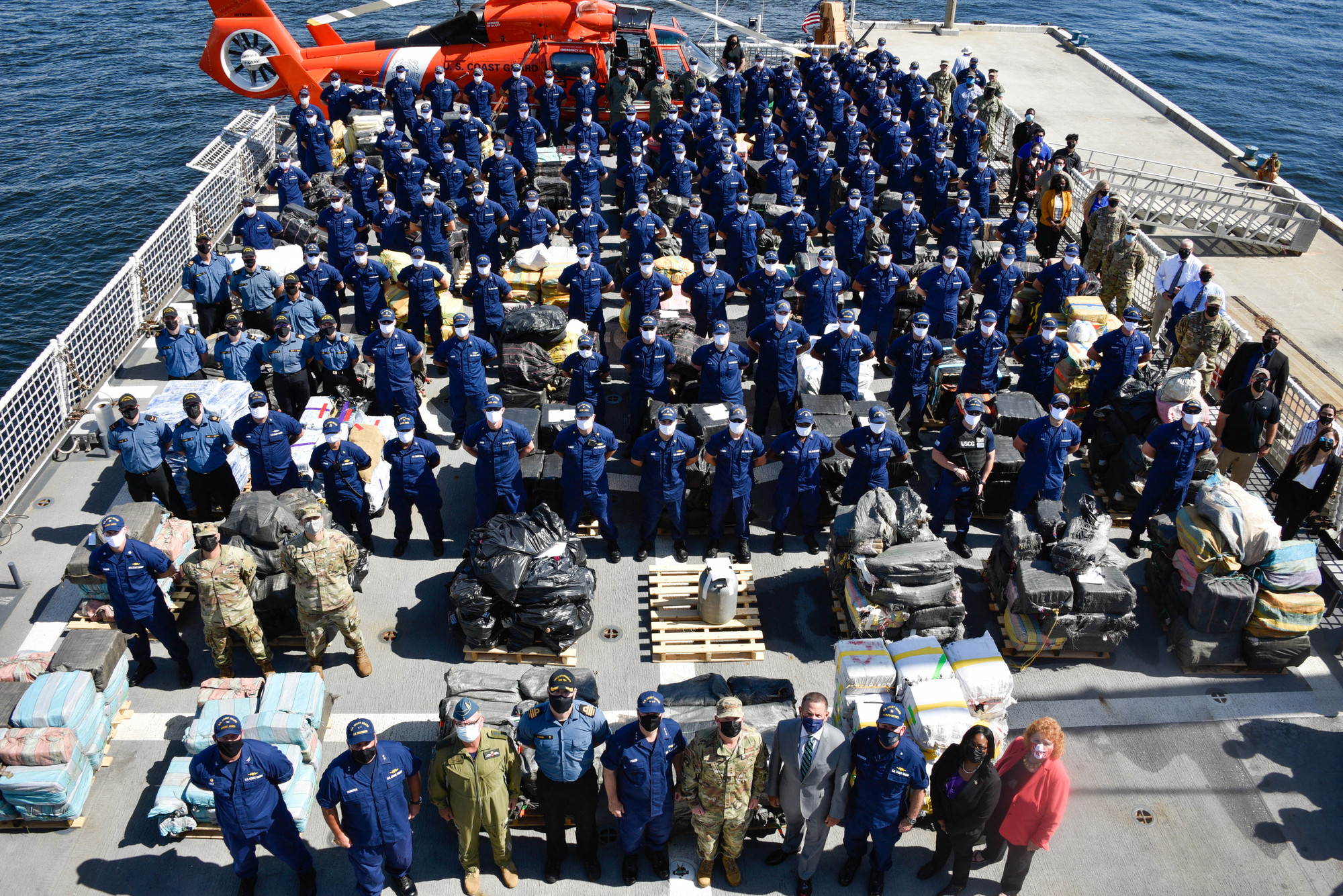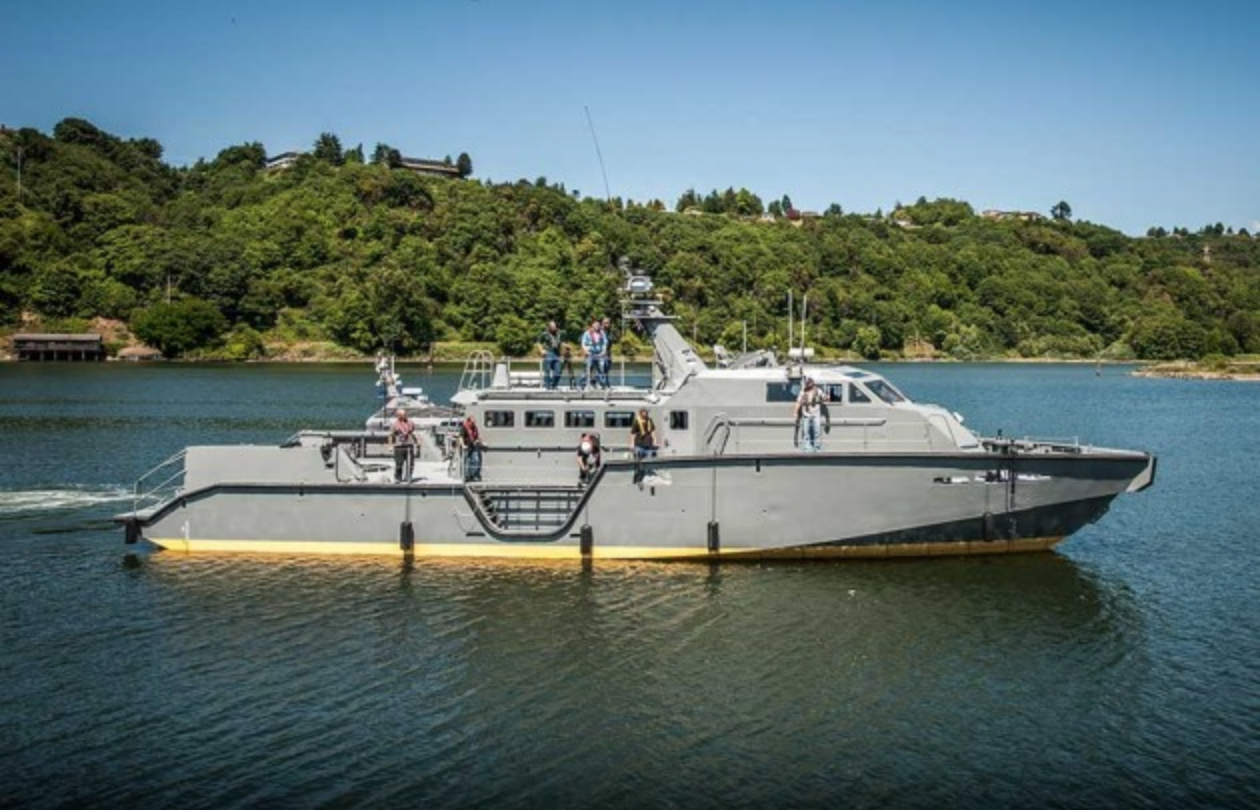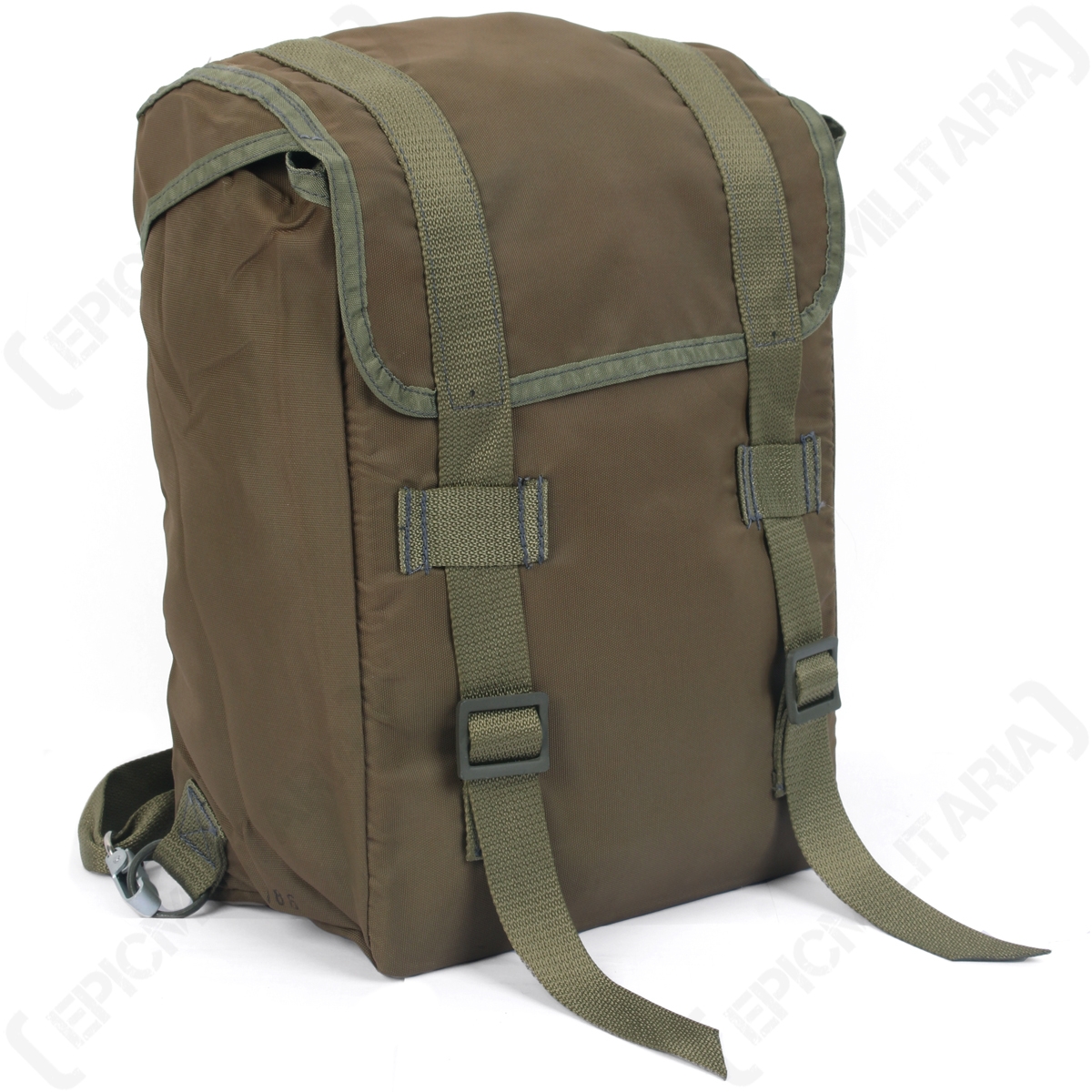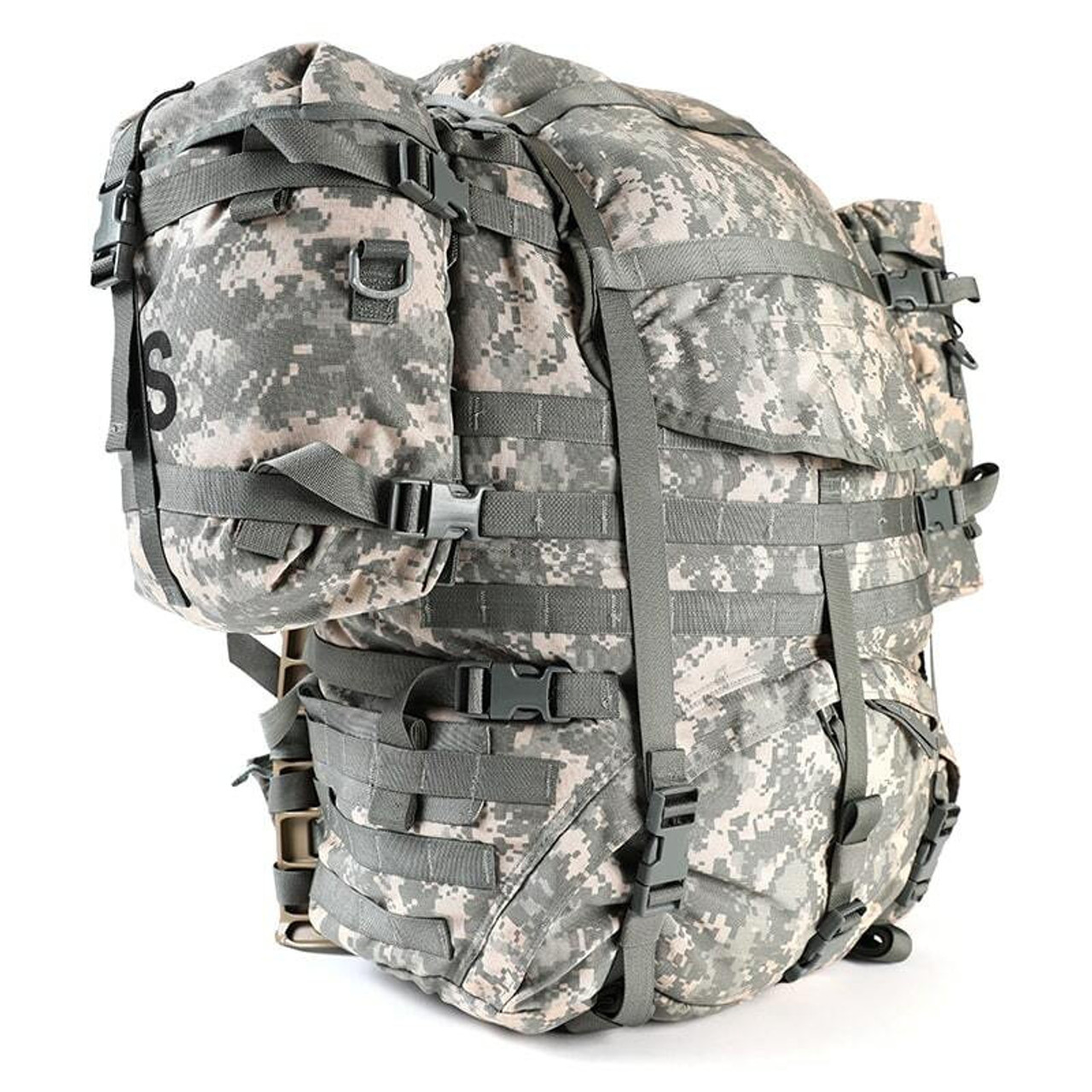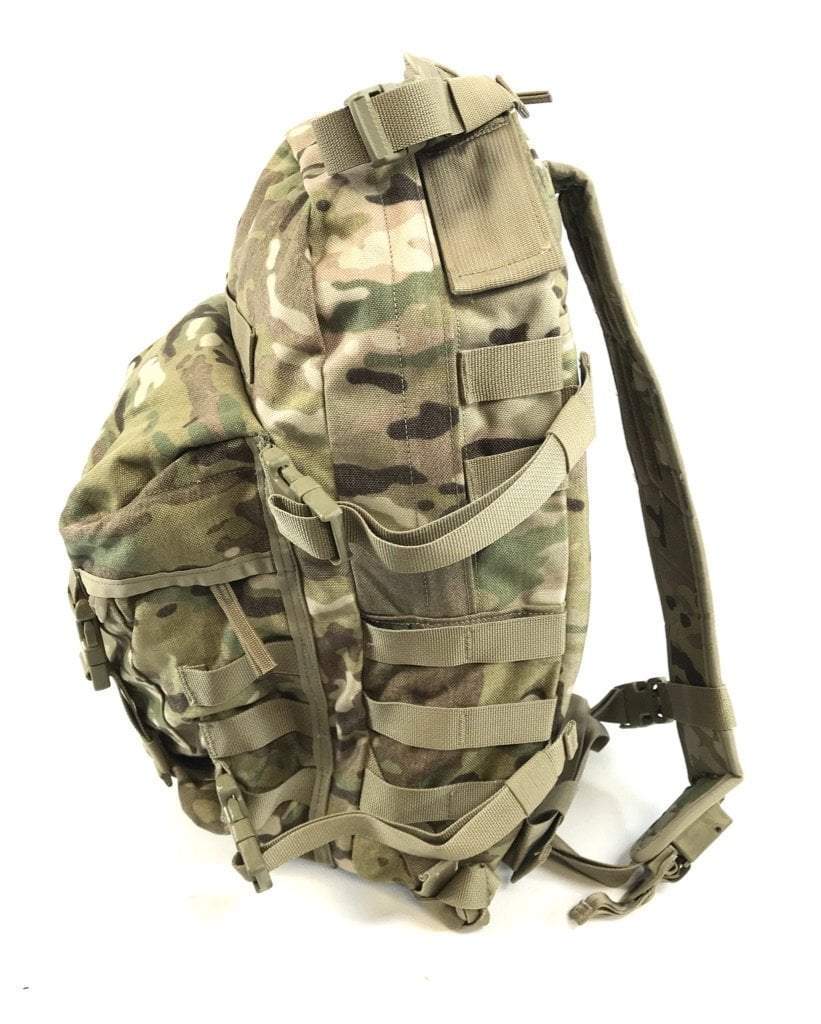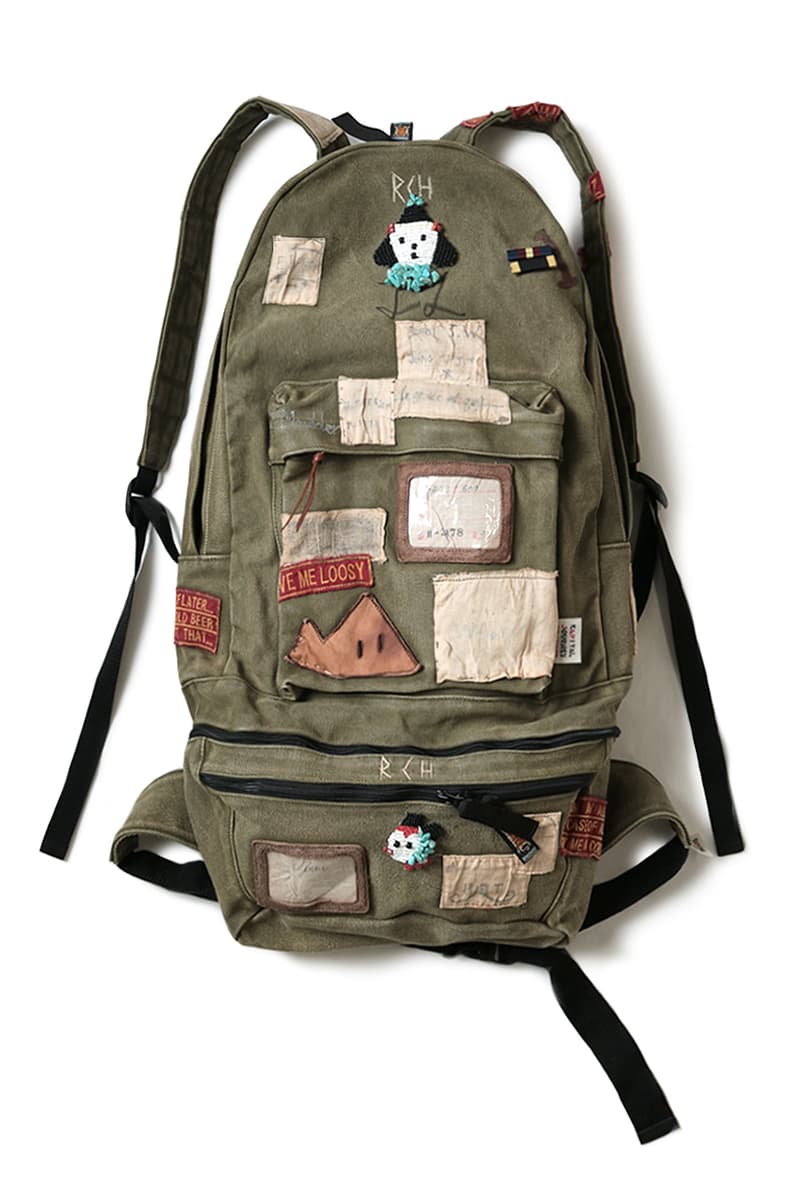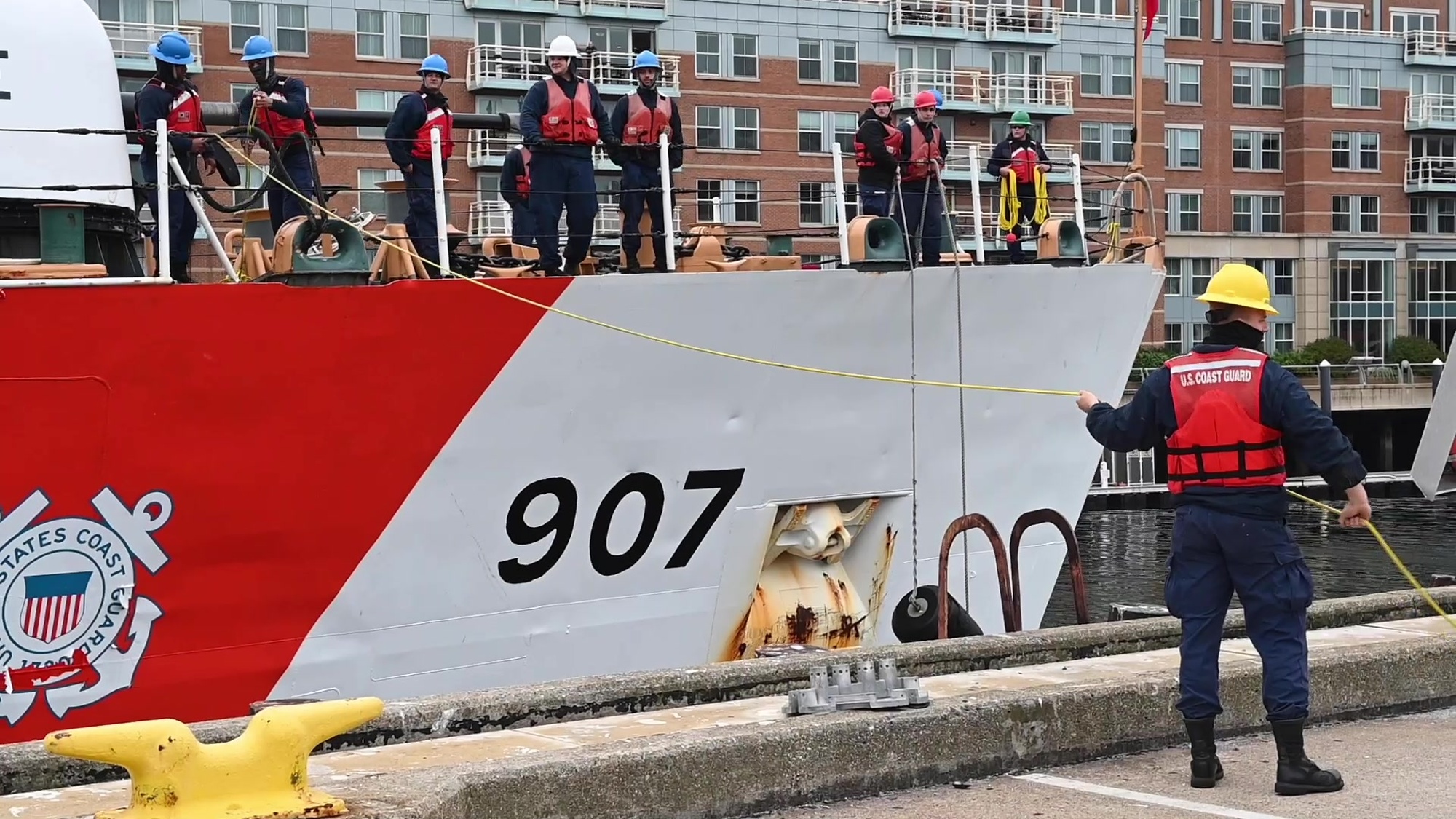Surplus Jeeps Military - This article is about World War II 1⁄4-ton jeeps. For the American car brand, see Jeep.
This article may contain many links to other articles and may require cleaning to meet Wikipedia's quality standards. In accordance with Wikipedia's standards, please remove duplicate links and irrelevant links. (January 2023) (Learn how and from whom to remove this template message)
Surplus Jeeps Military
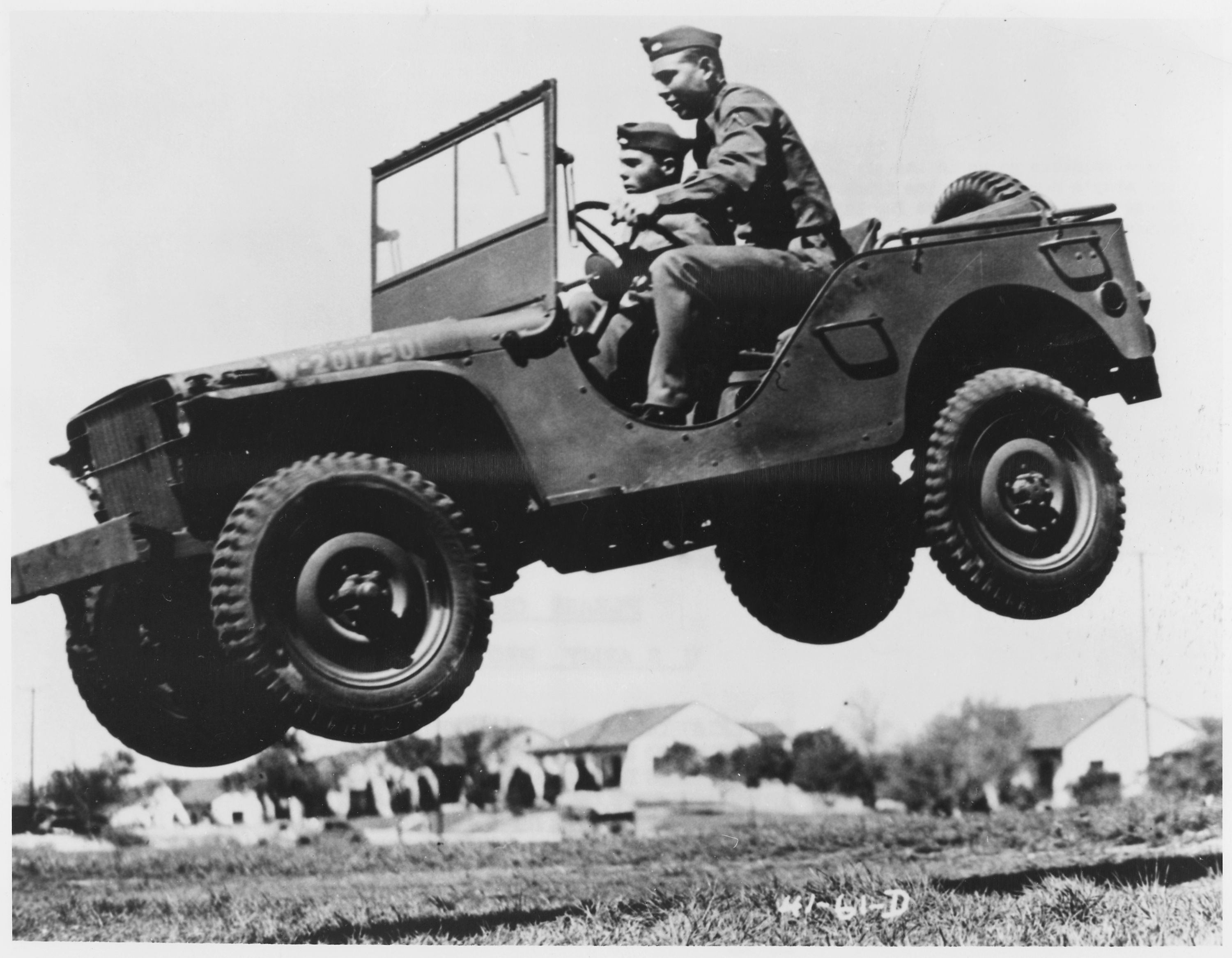
Willys MB and Ford GPW, Official US Army Truck, 1 ⁄4-ton, 4×4, Legal Search,
File:willis 1942 Military Jeep (2834535945).jpg
Four-wheeled military vehicle built in large quantities from 1941 to 1945 for the United States and the Allies of World War II.
The Jeep concept began in the 1930s, but the final design was chosen in 1941. The lightest four-wheeled vehicle in the world, the Jeep has become the primary light multi-purpose vehicle for the US military. and his friends.
The Jeep became the service of the US Army during the war, replacing horses and other war animals (most commonly used in World War I) in almost every role, from cavalry to artillery, and field changes can make the jeep almost impossible to replace. . work is required.
A version of the iconic Jeep, the Ford GPA, was also produced, but its weakness compared to other compact vehicles led to its rapid demise.
Willys U.s. Army Jeep
With nearly 650,000 units built, Jeep accounted for a quarter of all US non-combat vehicles.
Or two-thirds of the 988,000,000 light-duty 4WD vehicles manufactured, including the Dodge WC series. Jeep produced more than the Axis leader, Nazi Germany's Volkswagen Kübelwag, with only 50,000 produced.
Jeep is respected for its reliability and ruggedness. General Dwight D. Eishower, Supreme Commander of the Allied Expeditionary Force, wrote in his memoirs that many senior officers considered the five most important tools for American victory in Africa and Europe.

US Army Secretary George C. Marshall called the jeep "America's greatest contribution to modern warfare."
Armored Military Hummers & Tactical Vehicles
Historian Charles K. Hyde said, “In many respects, the Jeep became the iconic vehicle of World War II, almost legendary for its smoothness, durability, and flexibility. "
In 1991, the Society of American Mechanical Manufacturers designated the Willys MB as an International Historic Mechanical Manufacturer Landmark.
And in 2010, the American Institute of Admiration deemed the Jeep "one of the most influential designs in automotive history."
After World War II, the US Army continued to use the Jeep in the Korean War and other conflicts until it was phased out by improved models - the 1949 Willys MC and the 1952 Willys MD - and completely redesigned by Ford. 1960 M151 jeep model. The original Jeep continued to be used in other countries around the world after World War II and after the American replacement, and its appearance and design with many similar vehicles, makes it one of the making the most famous and widely used military vehicle in history. .
Thai Jeep Classic Military Jeeps In Thailand Www.thaijeep.com **
The popularity of Jeep led to the release of the world's first four-wheel drive Jeep CJ-2A in 1945. The name "Jeep" quickly became a trademark and became a successful and valued brand. Stellantis until 2023
The idea for the Jeep came from pedestrian requests for a low, powerful vehicle with four wheels. It was commissioned by commercial companies (mainly American Bantam, Willys and Ford) for installation - the designer is often described as "designed by committee".
In the fall of 1941, Lieutenant E.P. Hogan of the US Army Quartermaster Corps wrote: “The source of the first military vehicle.

1 ⁄4-ton, 4x4, cannot be claimed by anyone or the manufacturer. "This car is the result of a lot of research and a lot of testing."
Which Ny Police Agencies Have Military Surplus Vehicles, Rifles, Other Supplies? Search 1,000 Items
Hogan supported the military and civilian manufacturers from the staff at Holabird's warehouse. However, the US Federal Trade Commission (FTC) accused Willys-Overland of false advertising and misrepresentation, and according to the New York Times, Willys did not "have great success".
Regarding the creation, design, and development of the Jeep by US Army Quartermaster Officers, both: "The concept of creating a Jeep" is what the FTC says should be developed."
Officially, on April 7, 1942, patent 2278450 for the final design of the Jeep, designated as a US Army vehicle, was given to Col. Byron Q. Jones as Applicant. despite having no role in the design of the vehicle.
The application filed on October 8, 1941, stated, "The material described herein, if a license is obtained, may be manufactured and used by the government without payment of any fee."
Built For Battles, Here Is The History Of Jeep
Patt refers to "a small vehicle with a flexible design, which is highly desirable for military purposes" and describes its purpose as "a small vehicle that is individually configured and a vehicle that can be used so act like a car". personnel carrier, emergency ambulance, field bridge, radio vehicle, marine equipment, anti-aircraft machine gun or other purpose. "
Horses were used for social gatherings for tourism, communication, and transport, and were often used in warfare, but after the early 20th century, motorcycles were the primary vehicles used by the military. heart accepted, but not to replace the horses that were mounted, or to use a car. baby soldiers.
World War I soldiers relied on horses and trains to move, but their new technology included vehicles: the first tanks, military vehicles, and artillery tractors. The vehicle was the most powerful vehicle of the Allied Empire.
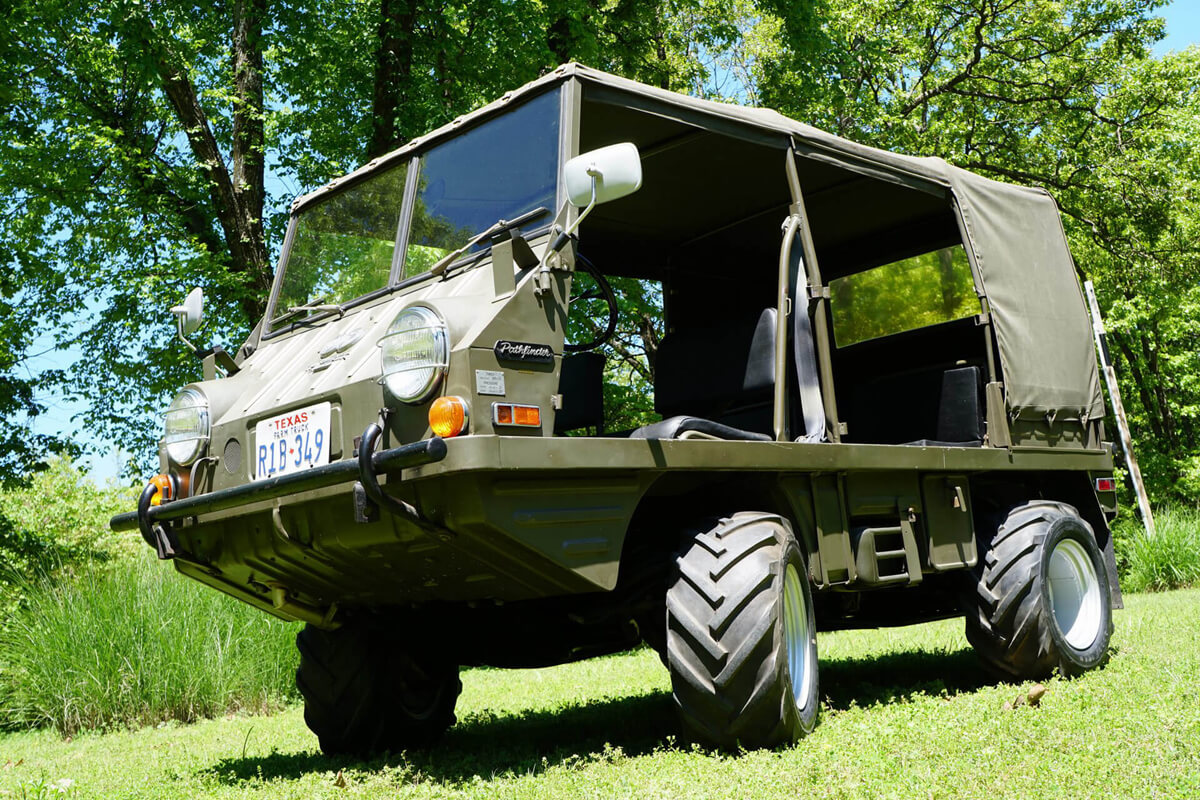
Cavalry, mounted soldiers, adventurers and scouts can now enter the battlefield alongside vehicles with maximum speed, power and endurance.
How America's Surplus Army Jeeps Became Icons In The Philippines
Eager to issue necessary orders, set up machine guns, and scout miles ahead of advancing units. A motorcycle and fast, "it is difficult to shoot bullets and shells for victory", has not been very active on the battlefield.
But motorcycles also have their weaknesses. It may be that it is fast moving on the road, but many roads are still bad, and at the end of the 19th century, the United States already had "Good Roads" because the increase of The bicycle wanted to improve the surface of the existing car and. Car traffic. Cars of the time were not good; only the best motorcyclists can handle the muddy field and keep the bike from falling, damaging or crashing; and driver training is expensive in terms of time and money.
It has no off-road license and no cargo license. The addition of the idol principle gave more stability, but the weight and cargo space were very limited, and the fact that only one of the three driving wheels meant that the combination stuck around a lot. The British and American 3x2 WWI three-wheeler was developed with two rear wheels.
From 1898, Royal Page Davidson used the Charles Durian plate to replace its chassis with machine guns and battle shields.
French Military Surplus Jeep Seat Cushion, New
4x4 US FWD truck on mud and gravel roads, 1916 Mexico Tour; Note the FWD symbol on the panel
When the US Army purchased its first 5-ton truck in 1907,
In the late summer of 1913, the Medical Corps and Quartermaster Corps (QC) took a 3/22-ton QC car on a 922-mile (1,484) mile test across Alaska for the state highway agency. - both to test the ability of the truck to provide and maintain a rough road, and to check the condition of many important surface connections in the rough area.
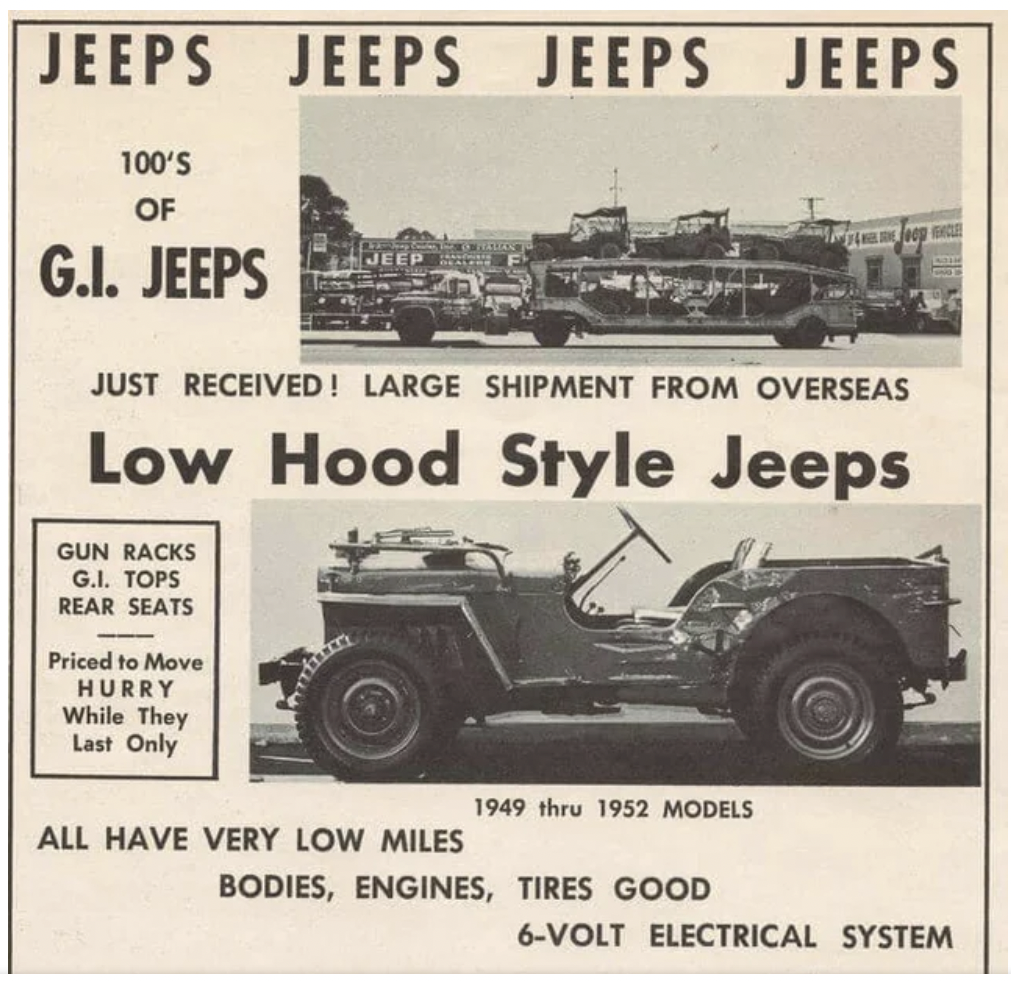
In 1915, following the first successful transcontinental automobile trip, he ran up Lincoln Avenue from New York City to the Panama-Pacific World's Fair in San Francisco for four months.
Stored 50 Years! 1942 Willys Slat Grille Jeep
By 1916, the Quartermaster Corps had over 100 vehicles in service from over 27,000 vehicles; and in March of that year the US Army decided to create the first two car companies, immediately to be used in Pancho Villa's trip to Mexico.
By March 14, 1916. A company pulled four Jeffery four-wheel, 2-ton trucks off the road. Another person received a heavy burden 27, 1
The U.S. Department of Defense purchased the cars to have the chassis manufactured by the manufacturer in El Paso, Texas. Car body for chassis from Quartermaster Depot. According to the Quartermaster General, the best capacity for using troops should be 1
1 ⁄2 ‑ton, when using the 1st standard to match the shape of the road, the number of bridges, and the current military supply system.
M151 ¼ Ton 4×4 Utility Truck
Meanwhile, Earth

